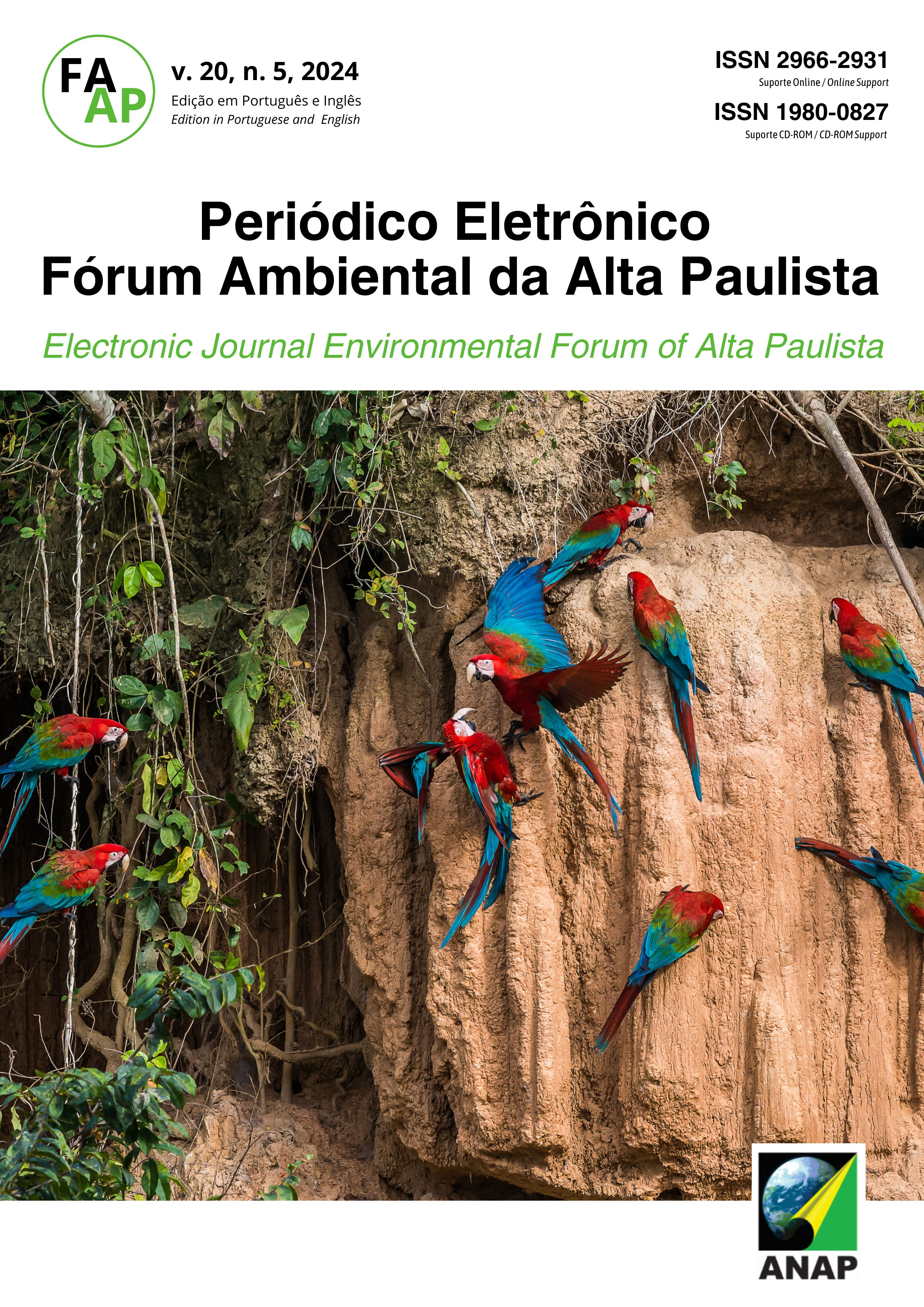The street is also a place to live
Homeless people and the symbolism of "refuge"
DOI:
https://doi.org/10.17271/1980082720520245340Keywords:
Homeless, public space, anthropology of the imaginaryAbstract
The study of urban space transcends norms and urban planning, focusing on the daily lives of homeless individuals and the redefinition of the concept of public space. This right necessitates a humanized approach that acknowledges the private lives of the homeless in public spaces, where their needs and intimacies are exposed. The aim of this research is to critically examine the social structures that neglect the presence of homeless individuals and their right to public space. The street becomes their habitat, which, when appropriated, transforms into a representation of their homes. Homeless individuals form their own society with distinct norms and culture, living precariously due to socioeconomic inequalities. These inequalities stem from factors such as family issues, unemployment, and loss of housing, leading to homelessness and significant social vulnerability. Through an empirical methodological analysis and heuristic interpretation, the understanding of refuge broadens the concept of urban space, questioning the boundaries between public and private as a potential revision for public policies. The theoretical framework is grounded in the anthropology of the imaginary (Gilbert Durand), the experimentation of the imaginary (Yves Durand), mythical structures, and concepts from analytical psychology. This work is significant as it offers an alternative way to study urban space through the lens of the anthropology of the imaginary. It is expected to contribute to new interpretations and approaches to understanding the relationship and importance of citizens in urban planning and project development.
Downloads
Downloads
Published
Issue
Section
License
Copyright (c) 2024 Electronic Journal "Fórum Ambiental da Alta Paulista"

This work is licensed under a Creative Commons Attribution 4.0 International License.












